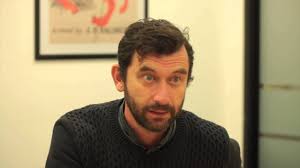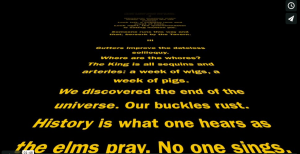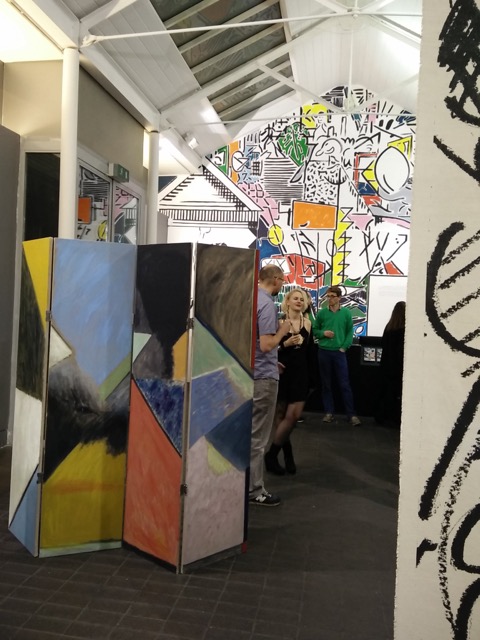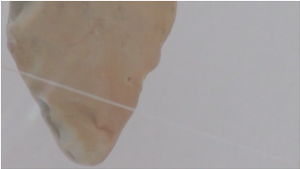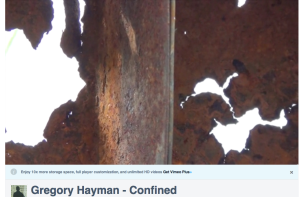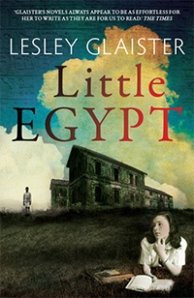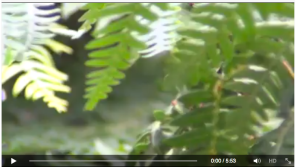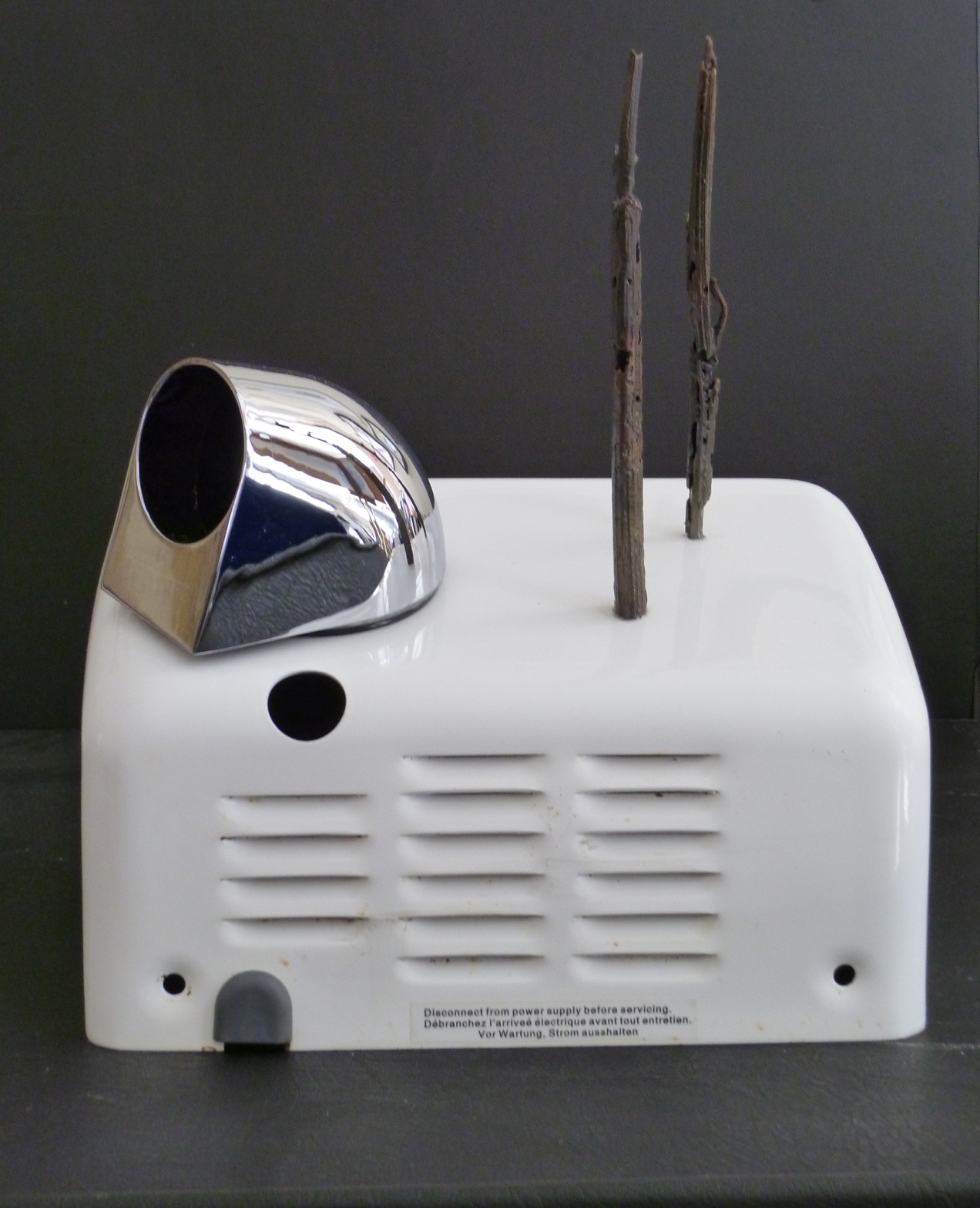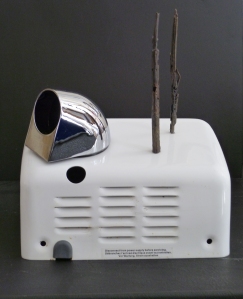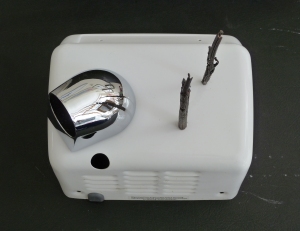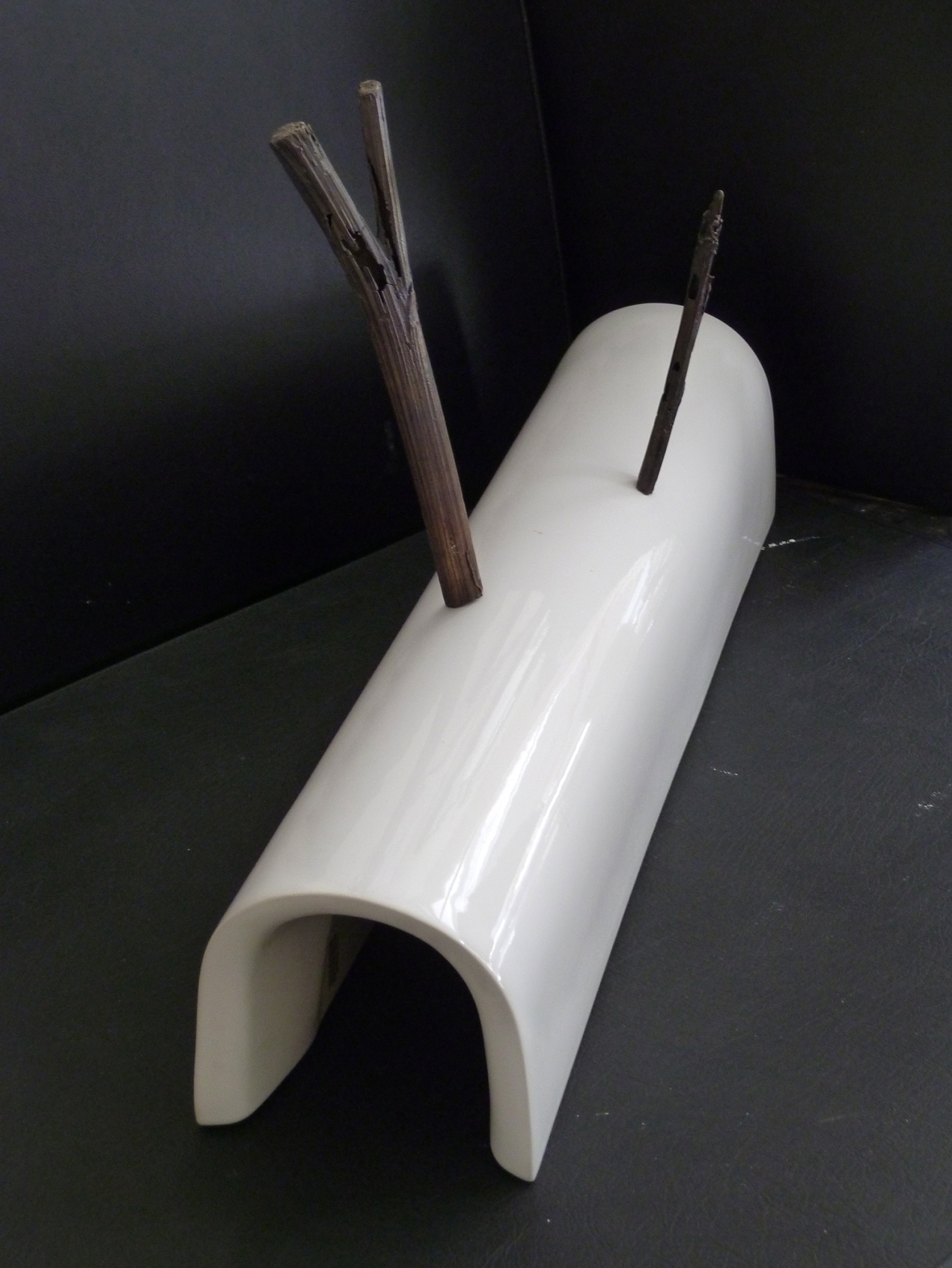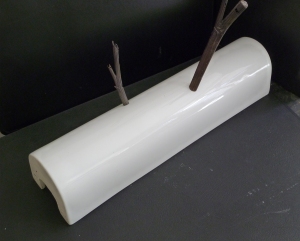Jerwood Encounters, Jerwood Space, London
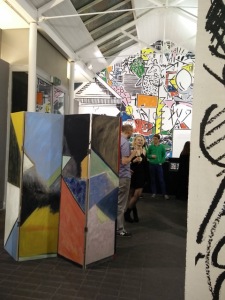
Granchester Pottery Paints the Stage
It is heartening to see contemporary artists revisit a neglected era of British art, so I was especially pleased to visit the latest exhibition at the Jerwood Space in London. The Grantchester Pottery Paints the Stage is an exhibition drawing partly on the output of the Roger Fry led Omega Workshops that began in 1913 in the Fitzrovia part of London, and partly on Neue Slowenische Kunst (NSK) the Slovenian collective with a more political and libertarian agenda. The exhibition is curated by Granchester Pottery founders Phil Root & Giles Round, who have brought together an impressive ensemble of artists working across a diverse range of practices from painting and printmaking to sculpture and textiles. It might have been tempting to merely pastiche an earlier phenomenon in the exposition of this display, but the intelligent curating has contrived to make a theatrical hang of the work and thus provided something totally new.
Upon entering the gallery space you are immediately struck by the unconventional hang. No walls are used to display the pictures or other 2-D work; instead, all the work is hung across the middle of the room. Your first view is of the reverse of the majority of the canvasses, as if you were entering the rear of a stage set. It is only when you turn around at the far wall, as if you were the audience sitting in the stalls, do you see the complete hang like a range of stage scenery flats and props. This perspective gives you a view of artworks of various sizes so that you see the whole of some and parts of others receding toward the point where you entered the gallery. It makes for a tremendously exciting and interactive experience where the artworks are dialoguing with each other in an unusual way.
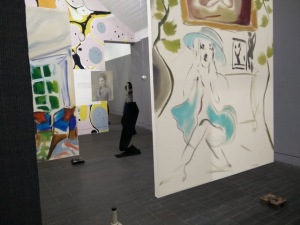
The Granchester Pottery Paints the Stage
Another element of the stage design is the use of cast iron stage weights, which traditionally are used to secure flats and scenery. In this exhibition they anchor some of the paintings, both large scale and small ones. The stage weights also become sculptural objects in their own right, not just anchoring works but becoming metaphorical grounding for the discourse the exhibition is giving voice to.

The Granchester Pottery Paints the Stage
The other interesting point about the hang is that you are asked to contemplate the reverse side of the paintings and 2-D works in a way you never would if they were lying flat against a wall. This makes you think about them as not just paintings but additionally, as sculptural objects. As you navigate the canvas stretchers you get glimpses of the size and the under-painting seen from the rear, as well as the weave of the canvas itself. Having to walk around the paintings also makes you consider them longer than you would if you were just navigating work along a wall. It also puts you on the stage as a direct protagonist within the artwork. The viewer is no longer merely a spectator but a player too. This is an interesting conceit, and the immersion in this decorative environment asks you to consider all of the applied art traditions, which is entirely what the Omega Workshops were endeavouring to do.
Speaking to Giles Round about the exhibition, he said that he wanted people to enter the exhibition and see the backs of the work or rather, that the artworks would be ‘turned away’ from the viewer. I liked the notion of the artworks turning away from the viewer in an act of conscious modesty or reticence. The works do not show themselves in all their splendour immediately and it implies that the audience might have to coax them round to reveal themselves. Again this indicates that the curators Giles and Phil wanted the audience to experience the work in a more active and less passive way.
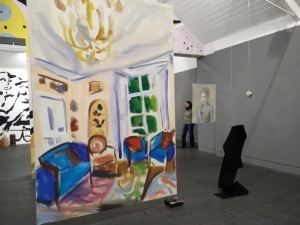
Dietmar Lutz painting: Interior World
Another element borrowed from the Omega workshops was that no work was labelled or attributed to an individual artist. Had the curators carried this idea to its logical conclusion then there would not have been a printed gallery guide identifying artists with individual artworks. As it was, it appeared that no works were for sale, at least I could see no indication of purchasing opportunity, and so I’m guessing that this left purchase open to discussion. The other thought might be that the exhibition is travelling and therefore the curators did not want to break up the show on its first outing.
The highlights of the show were the work of Dietmar Lutz whose large bold expressive paintings are theatrical and introspective at the same time. Lutz, is a Dusseldorf based artist whose use of paint sometimes resembles Hockney at his best, but is also very much contemporary German/Middle European in his fluid translucence. His two canvases embrace the modern and the theme of the show, with one (Sophie in the pottery café) being of the fellow artist Sophie von Hellermann at work making pots, in much the same way that the Omega artists (and then Bloomsbury Group) painted each other. The other painting Interior World hints at the domesticity and is a reference to the decorative nature of the antecedents for the show, but yet it also suggests that the world may be a stage set calling to mind the one designed for the Stephen Daldry production of the J. B. Priestley play An Inspector Calls.
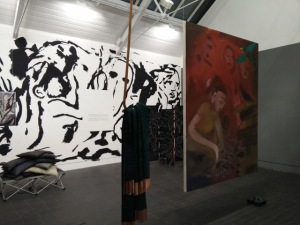
The Granchester Pottery Paints the Stage
Michael Fullerton’s Marillyn Hewson painting has a deft use of paint and is somewhat reminiscent of Gwen John’s style, harking back to an era slightly earlier but connected to the Omega Workshops one. Fullerton’s use of closely related tones gives the painting a timeless feeling and whilst smaller than Lutz’s canvasses, it holds its own due to its ethereal intensity.
The anonymous works, attributed merely to the Granchester Pottery, are all decorative and beguiling; from folding screens deeply reminiscent of the abstract designed ones produced by the Omega Workshops; and striking large printed banners hanging from ceiling to floor with abstract cross-hatched designs calling to mind some of the Vanessa Bell dust jackets for her sister Virginia Woolf’s books. Grantchester Pottery works also include a table, chairs and of course pottery and textiles.
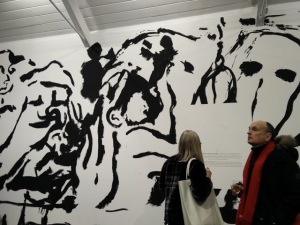
The Granchester Pottery Paints the Stage
The exhibition avoids a slavish homage to Omega by including a range of other artists whose work is very much of the moment from Edwin Pickstone’s digital print Type Dump to Maria Loboda’s the beautiful banker – a collection of pillows made from suit fabrics in a languid stack with mercifully none of the attempt to give them a sense of tension – something over used these days in sculptural pieces using soft-filled objects. Rather her pillows are draped over each other, spooning or perhaps even smothering each other in a brave display.
The Exhibition is on from 6 January – 22 February 2015
, Jerwood Space, 171 Union St, London SE1 0LN
Mon-Fri 10am–5pm, Sat/Sun 10am–3pm Free
Southwark, London Bridge or Borough jerwoodvisualarts.org
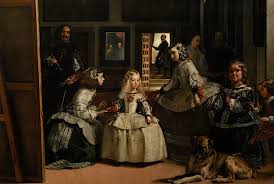
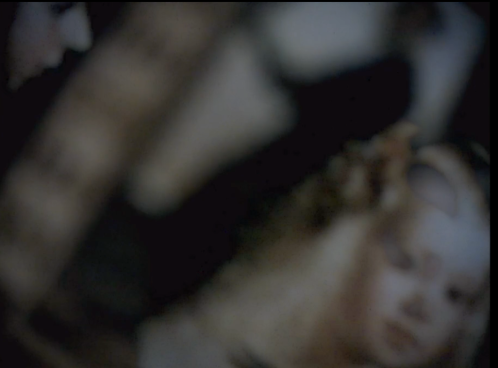 .
.
